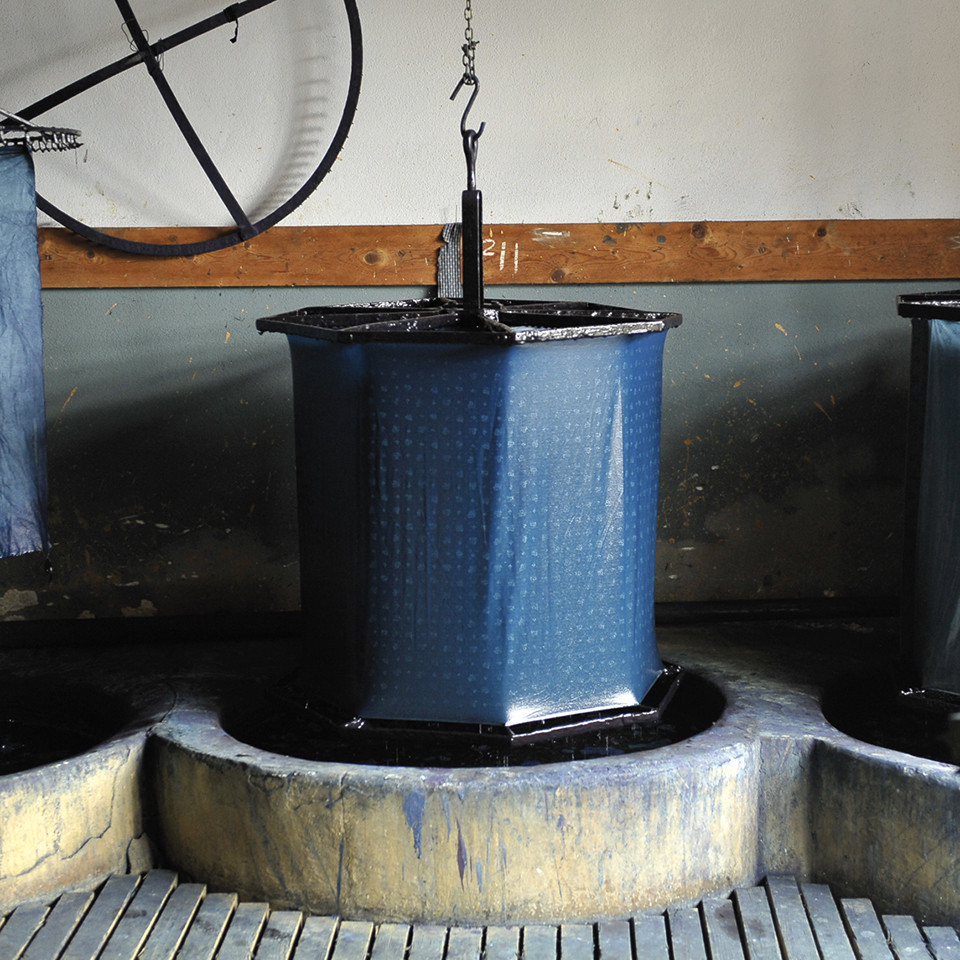Bethany Williams
The young British designer has just scooped the Designer Fashion Fund award of the British Fashion Council and British Vogue: £200,000 which we’re sure Bethany Williams will know how to spend wisely. Over the past seasons, the London College of Fashion graduate has established an alternative way of creating fashion – by using deadstock materials. Her collections are often made by socially disadvantaged people, including women who have been in prison or need to be protected from domestic abuse. Williams donates a sizeable percentage of her profits to charities who work with these people. “Fashion should be a power for good, and should benefit everyone”, believes Williams.
Priya Ahluwalia, Ahluwalia
Brightly coloured T-shirts and trackj ackets made of a wild mix of different sports jerseys and knitted fabrics: the patchworks that catapulted Priya Ahluwalia to fame a few years ago weren’t just a visual delight, the backstory of how they came into being was just as exciting. The London-based designer used only second-hand clothes to create her pieces. Ahluwalia’s inspiration came from trips to Nigeria and India, the two countries her family comes from. Here, she discovered how old clothes from western countries were fuelling a deeply unfair trade. Since then, Priya Ahluwalia, with her eponymous label Ahluwalia, has advanced to become one of the most acclaimed young designers in the fashion world, with cooperations with Gucci, Mulberry and Adidas under her belt. The reason for her success? “Easy. I automatically include sustainability”, says the designer.
Bas Timmer, Sheltersuit
Bas Timmer once dreamed of becoming a fashion designer. That changed overnight when the homeless father of two friends froze to death at night, sleeping rough in 2014. The Dutch designer shut down his label. “It is shocking that millions of clothing items are incinerated in waste disposal plants every day, but we still cannot keep everyone warm”, he says. Timmer took fabric remnants and an old sleeping bag and created his “Sheltersuit”, a garment that is a hooded jacket by day and at night transforms into a sleeping bag. Now, thanks to cash and material donations from all around the world, Timmer manufactures these protective items for the whole world. His work recently caught the attention of one of the world’s most successful fashion designers, Gabriela Hearst, who collaborated with Timmer on her debut collection for Chloé. Sheltersuits made of archive deadstock appeared on the runway, and later this autumn co-designed backpack models will be selling in the brand’s stores. For each backpack sold, Chloé will pay for the production of two new Sheltersuits.
Georg Bochem, Dielerei
It all started on a construction site in Berlin Mitte with a skip full of old floorboards. They had been ripped out of blocks of flats to make way for new laminate and parquet flooring. Much too good to throw out, thought Georg Bochem. And because he and his young family needed a table, the design school graduate scooped up a handful of boards and made himself one. Friends came round to visit and loved the idea, so Bochem set up a workshop, and now uses old floorboards to make tables, cupboards, beds, lamps, surrounds for TVs, chairs and stools. He still finds all his wood in skips and on construction sites. His designs are all one of-a-kind pieces, each of which tells its own, unique story. What a great way to harness the turmoil of the crazy housing market for good and make something exquisite!
Eugenie Haitsma and Johannes Offerhaus, Archivist Studio
After a night at a luxury hotel in London, Eugenie Haitsma and Johannes Offerhaus from Berlin asked themselves what happens to the bed linen used in hotels like this when it is no longer crisp enough? It’s a very good question: even the tiniest tear in the fine Egyptian cotton means that the linen is no longer good enough for the pampered guests. A phenomenal volume of linen is discarded! Every year, about 10 million kilos of European luxury hotel linen ends up in landfill. This was a light-bulb moment, and Haitsma and Offerhaus now upcycle discarded hotel linen to make shirts under their label Archivist Studio. The idea could take off: capsule collections using linen from iconic hotels like the Ritz in Paris? Well why not?!
















